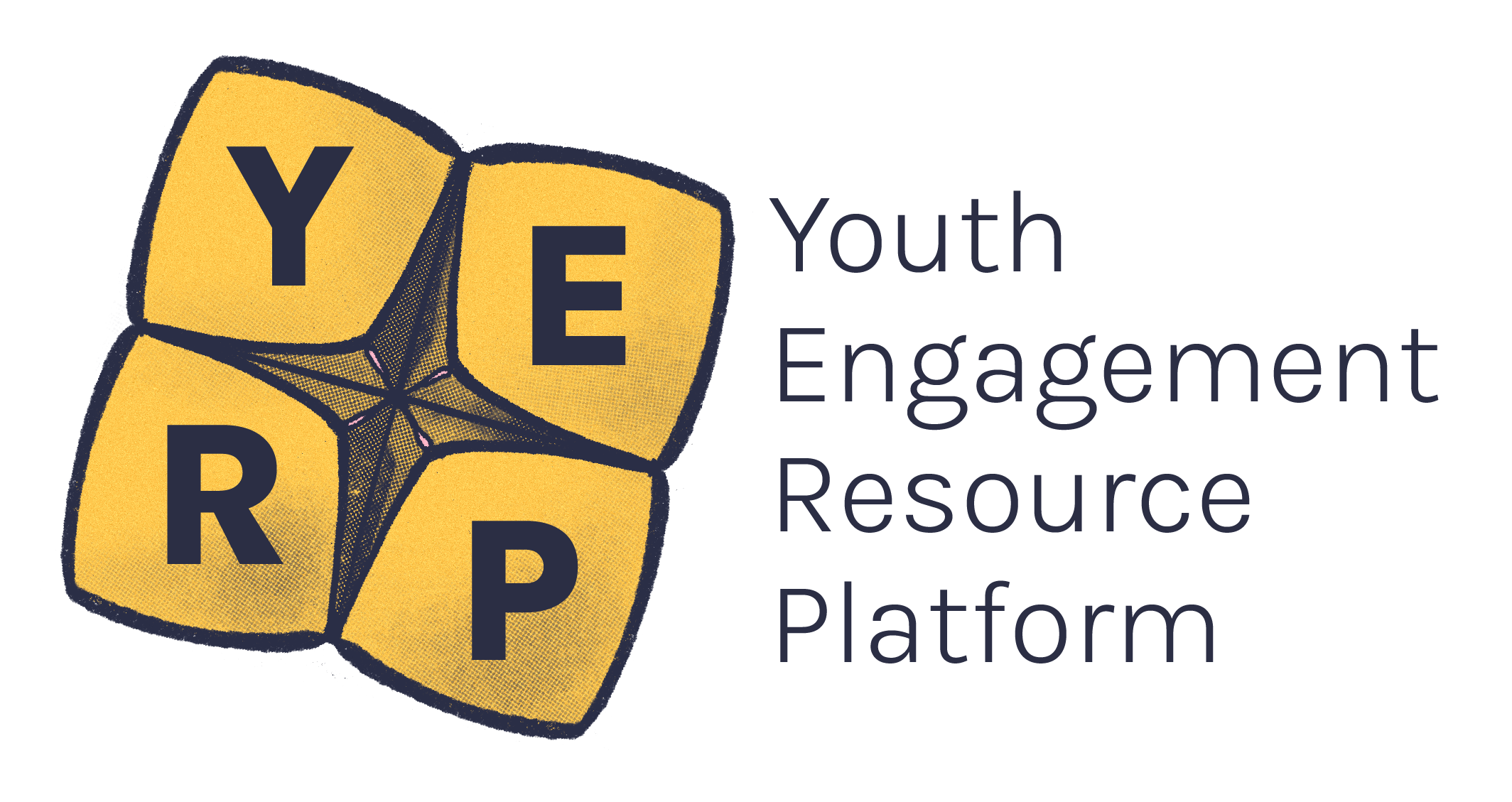I always appreciate it when someone takes the time to notice the language that I’m using - and not using - to describe myself.
The topic of language and disability is one that can come up fairly regularly for disabled people.
Some disabled people use person-first language, such as 'people with disabilities’, which places the focus on the person and deemphasises disability. Person-first language is usually the style used by service providers and government, though it actually originated in AIDS activism.
Other disabled people prefer identity-first language. This is a style that places focus on disability as an identity descriptor - for example,‘disabled people’ and ‘Autistic’. Identity-first language is associated with the social model of disability, which holds that we are disabled more by our societies than by our selves.
Sometimes disability communities will have a preference too. Autistic and Deaf communities, for example, often tend to prefer identity-first language, though individual people within those groups might use different language for themselves.
Something that’s good to keep in mind is that disability and disability communities are vast. There are lots of different and often wildly divergent experiences of disability. It makes sense that we won’t necessarily always have one universal language choice, and that’s okay. Identity-first language and person-first language can both be the best choice for different people.
I choose to use identity-first language. It’s also the language that YDAS uses.

Why use identity-first language?
We have a long way to go to achieve equity for disabled people, and there’s still a lot of shame and stigma surrounding being disabled. It can be easy to internalise the ableist narratives that we grow up with.
One of the things that attracted me to identity-first language is the association it has with disability pride.
I love disability pride. I love how political it is. I love the rejection of euphemism, the denial of shame and judgement. I love getting to see disabled people take up space that abled people never wanted us to have, to exist in ways that make abled people uncomfortable.
I don’t exist separately from my disabilities - I can’t peel them back and find another person underneath. They’re part of who I am, and I’m not interested in being ashamed of that.
The process of embracing disability identity led me to finding spaces that centred and celebrated disability, both online and offline. These were things that helped me find pride for myself.
Why does YDAS use identity-first language?
Pride, autonomy, and connecting to other proud Disabled activists all came up in the discussion that the YDAS steering committee had when they voted for YDAS to switch to using identity-first language.
“‘Disabled person’ is clear, it’s language we hear all the time in disabled-led spaces, and it doesn’t pretend that there’s something shameful about being disabled or that seeing all of us and seeing us as people somehow requires forgetting the fact that we’re disabled,” says Kochava Lilit (zey/zir), one of the YDAS Steering Committee members involved in the decision. “YDAS is a disability advocacy organisation, and it’s a lot easier to advocate for something when you reject a narrative of shame.”
About the author
Aoife is a trans disabled person and a member of the YDAS Steering Committee.



